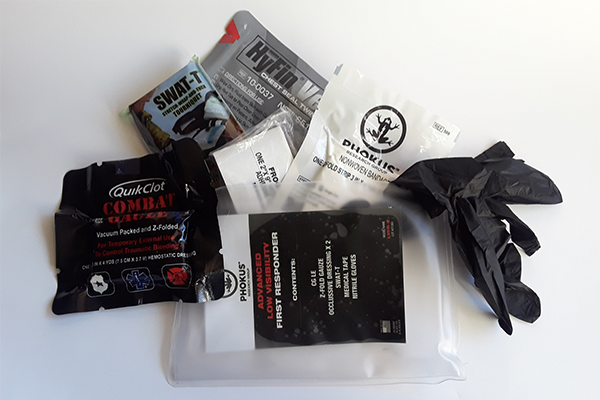
Last Updated on
By Carlos Huerta
A closer look at why you should carry trauma kits like the minimalist offerings from Phokus Research.
Trauma kits come in all shapes and sizes, but have you ever held a trauma kit as thin as one inch? Phokus Research are known for their light, slim, and compact trauma kits. Phokus Research is actually the first to ever build a trauma kit that’s thin enough to carry behind your plate armor. It’s made for law enforcement, military, security personnel, or civilians. Carrying a trauma kit should be a part of your EDC, but it matters how the kit is worn.
There are three things to consider when carrying your trauma kit: bulk, weight, and accessibility. Obviously, you don’t want your trauma kit slowing you down. Trauma kits are not your basic first aid kit, they are a little more advanced. Trauma kits are used for more severe situations but the contents are limited. First aid kits would normally contain a dozen or more items whereas a trauma kit normally has six. Trauma kits provide life-saving equipment that allows all bystanders to keep an injured person alive till the appropriate medical care arrives. A person who has severe bleeding can die from blood loss within five minutes, therefore it’s important to carry the proper medical equipment to stop any bleeding. No matter how fast the emergency responders arrive, the bystander will always be first on the scene.

Not Your Average Trauma Kit
Recently, I’ve gotten my hands on the Advanced First Responder Trauma Kit, Low Visibility First Responder Trauma Kit, and a Wound Cube. All I can say is that I’m impressed. These trauma kits are simple and reliable. The kits are packaged in a clear sealed vinyl and the contents are easily seen. The vinyl pouches are easy to tear open to access, and the contents are protected from any environmental conditions. Phokus Research makes low profile, concealable kits that can outlast competitor’s kits three times as long.
Phokus Research’s trauma kits are 25% lighter and 50% thinner than the average kit configuration with the same contents. Phokus Research trauma kits were designed to be worn in a variety of applications, not to be left behind in a patrol unit. Phokus Research has four sizes available to suit every officer’s needs. They have tactical, shield, low visibility, and a vehicle series of trauma kits. All of their contents follow the Tactical Emergency Casualty Care (TECC) guidelines. Also, all of the medical kits were originally developed by a Special Operations Medic and battle tested in Iraq and Afghanistan.
Low Visibility Trauma kit
The biggest thing I like about the Low Visibility kit is of course its size. The kit is compact and lightweight. It’ll be perfect for a small bag, cargo pants pocket, or a glove box. It measures 6”x9”, less than one inch thick, and it weighs approximately one half pound.
Low Visibility contents
- Combat Gauze
- Z-Fold Gauze
- Occlusive Dressing x2
- SWAT-T
- Medical Tape
- Nitrile Gloves
For the price you pay, you’re getting good quality items. The combat gauze is a hemostatic gauze used for controlling bleeding and deep lacerations. The Z-Fold Gauze is similar to heavy duty gauze. Next is the occlusive dressings which is just another way of saying chest seals. These are used for sucking chest wounds. The SWAT-T tourniquet is a good choice to have and carry, but it can be a little difficult to administrate one handed by yourself. I would recommend some practice applying the SWAT-T. The medical tape is made by Phokus and from what I can tell, it’s durable. And lastly, no trauma kit is complete without nitrile gloves.

Advanced First Responder Trauma Kit
The Advanced First Responder Trauma kit is similar to the Low Visibility kit except it contains one more Z-Fold Gauze. This trauma kit is made to be worn in the negative space behind your body armor plate or in a backpack.
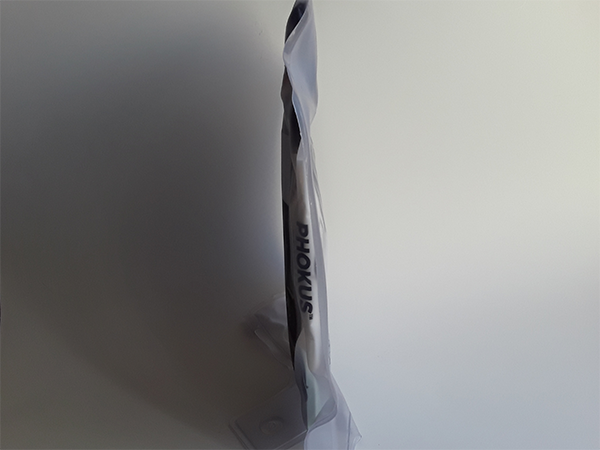
Advanced First Responder Contents
- Combat Gauze
- Z-Fold Gauze x2
- Occlusive Dressing x2
- SWAT-T
- Medical Tape
- Nitrile Gloves
The Advanced First Responder kit is undetectable to the wearer. Phokus’ kits are a lot lighter than most trauma kits so you won’t even know it’s there. The kit is designed to fit comfortably and securely. It’s ultra-thin and flexible enough to contour to your body shape. The trauma kit is actually very easy to deploy. Just open up the pouch with the plate carrier, grab the large tab, and pull straight out. Wearing instead of carrying trauma gear decreases stiffness due to ergonomics and profile. Reduced pouch weight aids in reducing the overall load.
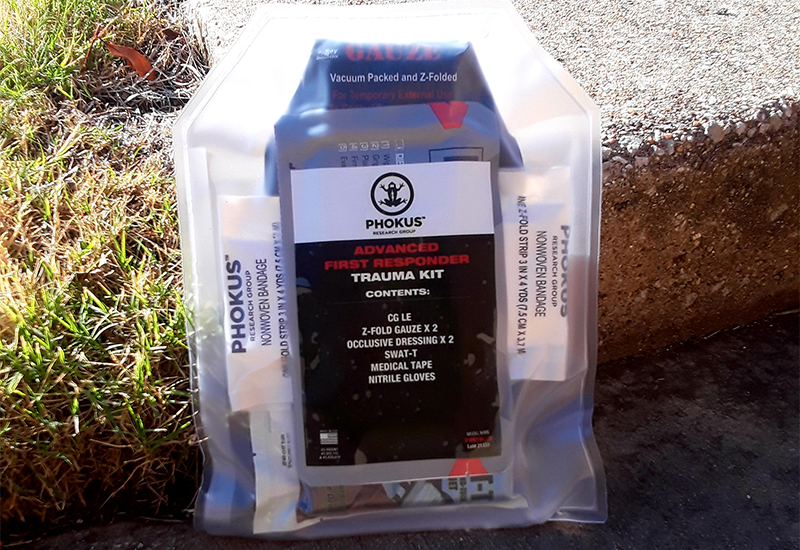
The Wound Cube
The Wound Cube is one of its kind invented by Phokus Research. The purpose of the wound cube is to practice packing a laceration wound or a gunshot wound. It’s a 4”x4” semitransparent cube made of silicone. The cube weighs about 2.5 lbs., and it’s built to last. The silicone gives the cube a realistic tissue density feel which provides real training for you. The semi-transparent look allows the user to see progress as they use it.
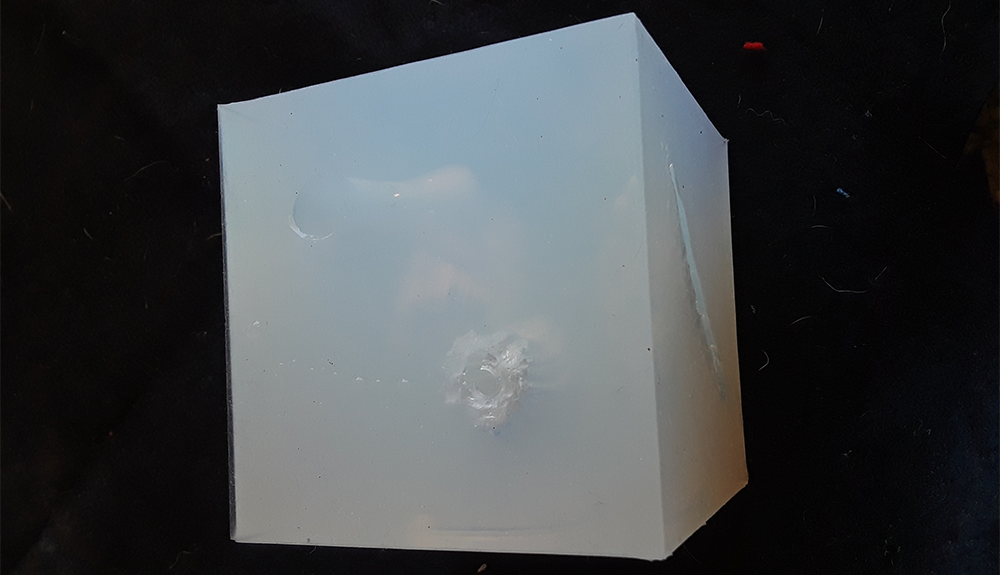
The Cube allows for more effective training in any classroom setting. Packing a wound isn’t easy, but the clear silicone helps you see what you are doing. The cube has three gunshot simulations: narrow, small and large. Also, the cube has one large laceration simulation. The narrow wound also doubles as a flashlight channel for increased transparency. The cube itself is affordable and anyone can train with it. What I like about the Wound Cube is it provides tactile repetition and it’s a muscle memory tool. You’re learning hands-on how to address wounds and use different techniques.
Also, with the Wound Cube, a the clear blood simulator is included. It’s a 1 oz. bottle and it helps you train with “realistic” blood just like real life situations. The clear “blood” is a stainless lubricant designed to add realism while learning the basics. You’ll only need 1-2cc per wound pack and it dries easily. No clean up needed.
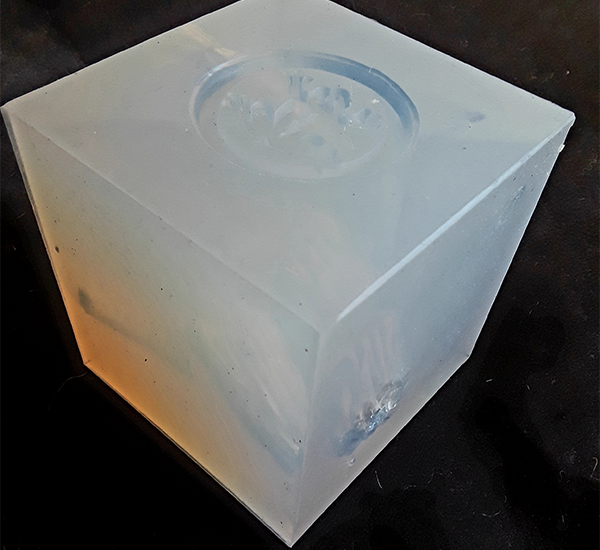
How It All Started
Like many brand stories, this one started with a problem. Rob Hanna discovered during his career with Naval Special Warfare that he had a passion for inventing life-saving tools. Hanna didn’t have the tools or the resources to start his business at the time. In 2008, after meeting Danny Stein, an entrepreneur from New York, they immediately started building Phokus Research. During his journey, it taught Hanna a valuable lesson: “The business world is a lot like the battlefield, you can’t go in alone.”
Rob Hanna’s knack for innovation got the attention of his military comrades, which lead them to bring in even more ideas such as the Under Armor Trauma kit. Today Phokus serves America and its allies by delivering high quality products engineered by military veterans. All of their products are made in the United States. Their mission is preparing people for emergencies with education and equipment to serve their family and community. Phokus believes anyone can be a hero, no matter who you are.
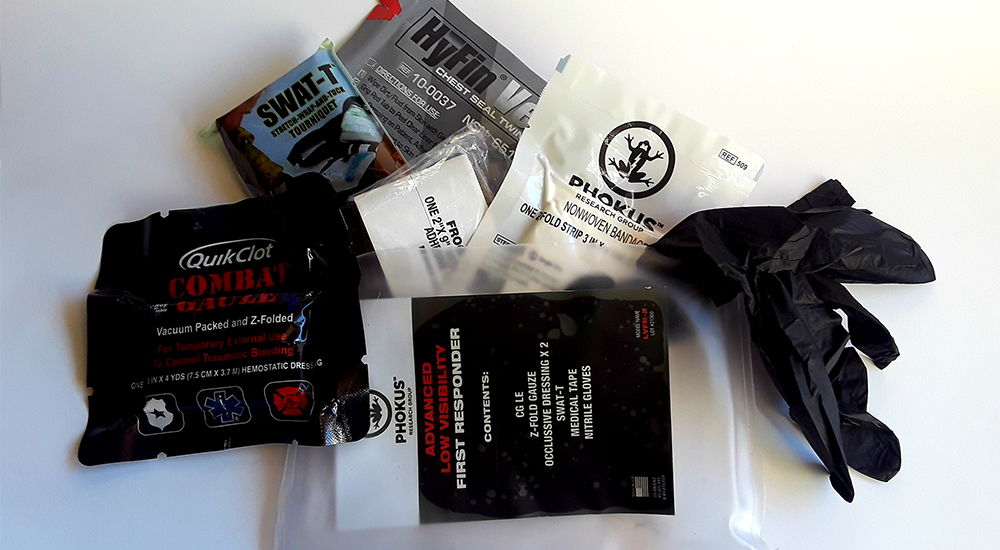
Practice Makes Perfect
Just like other tools or equipment, everything needs practice. Rob Hanna wants to see wound packing as common as CPR and First Aid training. Routine training is key to preparing real world incidents. They have beginner courses designed for civilians, teachers, or security personal who want to learn basic life-saving medical interventions, including bleeding control with a tourniquet. They also offer zippered training kits which allow the user to repeatedly open the kit without expending a sealed kit. This allows you to build your muscle memory and helps you feel comfortable with the items in your kit. Overall, practice makes perfect. Training and practicing with your equipment will help you in the long run.




Leave a Reply